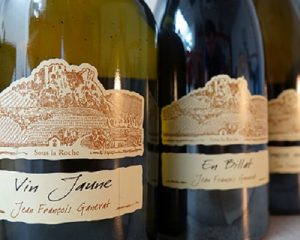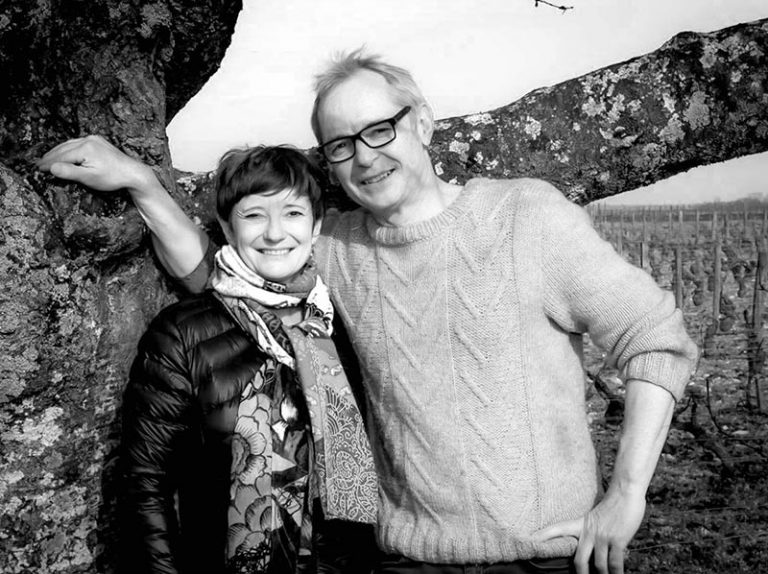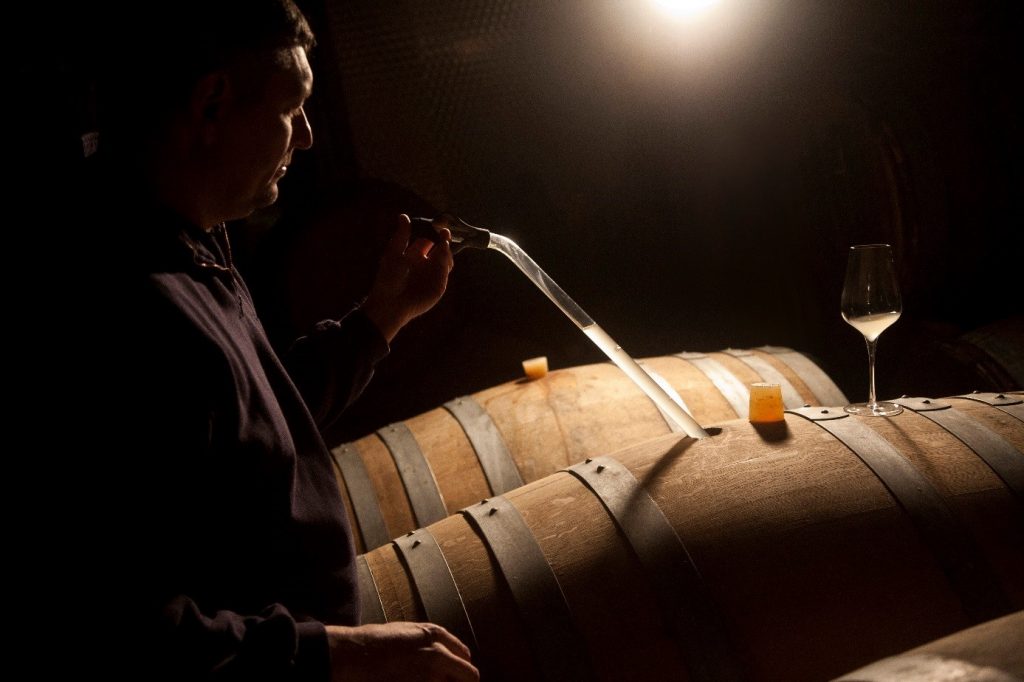
While Jacques Lassaigne is generally not very well known among the general public, this domain is widely praised by oenophiles. His bottles are on the wine lists of many Michelin-starred restaurants – and with good reason… Emmanuel Lassaigne is a talented winemaker and craftsman, who succeeds in delivering a sublime expression of his magnificent terroir of Montgueux. We interviewed him to get to know the secrets behind his success.
Created in 1964 by Jacques Lassaigne, the family estate is now managed by his son, Emmanuel Lassaigne, who has continued to improve the quality of these wines since 1999. Today, this domaine has established a solid reputation for itself.
The small vineyard (less than 4 hectares), is located in the Côte des Bar, very close to Troyes, on the prestigious vineyards of Montgueux, in the valley of the Seine. This extremely qualitative terroir – it was in the past known as the ‘Montrachet of Champagne’ – is composed of Kimmeridgian marl and its slope is quite steep. The chalk hill is mostly planted with Chardonnay (90%). In addition to the vineyard, the team also buys grapes from neighboring winemakers, bringing the total area they produce to 6 hectares. The vines are located a little higher, South-East facing.
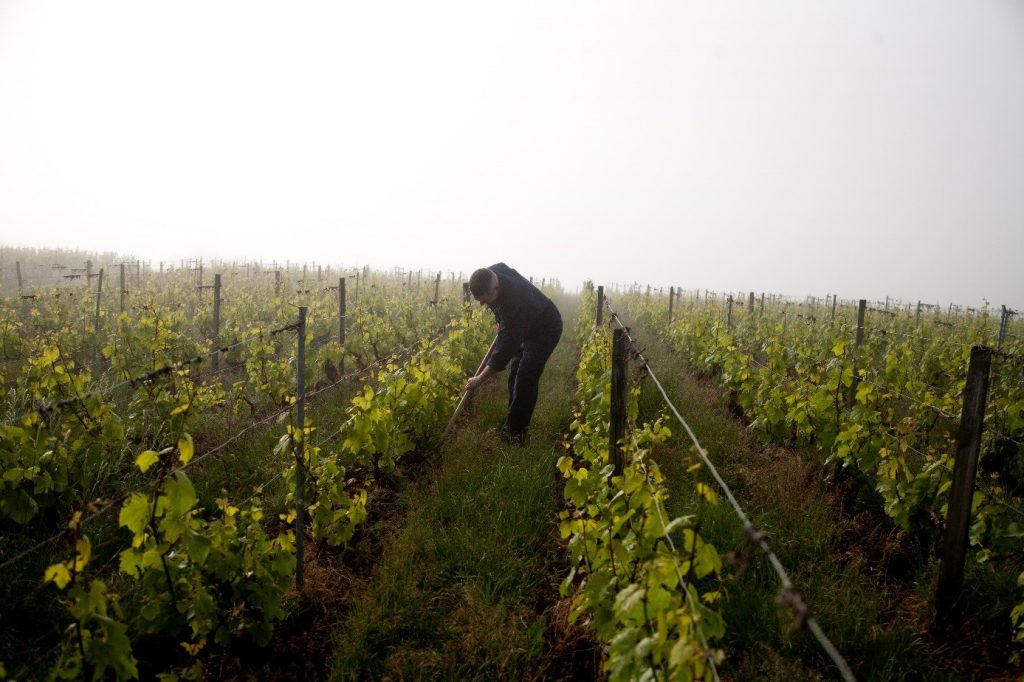
In the vineyards, the work is exemplary, and everything is done by hand. “We are the only winemakers in the region to farm this way: we maintain grass in our vineyards permanently and add absolutely nothing to our soil (neither fertilizer nor compost). The only products we use are on plants: copper and sulfur, in low quantities. We do not seek at all to stimulate the growth and vigor of the plant; on the contrary we want the vines to dig their roots as deep into the soil as possible. This results in low yields and weak vines, which are also less susceptible to disease. The last time we harvested rotten grapes was many years ago!” says the winemaker. Given the size of the domain, the team consists of only three people. They have not opted for organic certification, as “we don’t see the need, our audience are wine drinkers rather than drinkers of labels.”
The winemaking process is done with minimal intervention and the fermentations are natural: each plot develops its own yeasts and no inputs are used, except for very small amounts of sulfur after pressing: “we have always vinified our wines like this, not simply because it’s fashionable these days” he says. The long and delicate pressing is done via a vertical press controlled by hand – which makes it possible to treat each parcel differently. In total, the fermentations last between one month and a half and three months and a half; this producer likes to take the time necessary to make great wines. The aging is done partly in barrels (about 1/3), for 12 to 24 months, the rest is done in vats. The wines are then kept in bottle for 1 to 5 years depending on the cuvée and the vintage. Disgorging is done by hand, following the traditional method.
“All our wines are from the terroir de Montgueux, where we try to capture all of its characteristics, its qualities and even its defects, which is why we work in single parcels and none of our cuvées aredosed.”
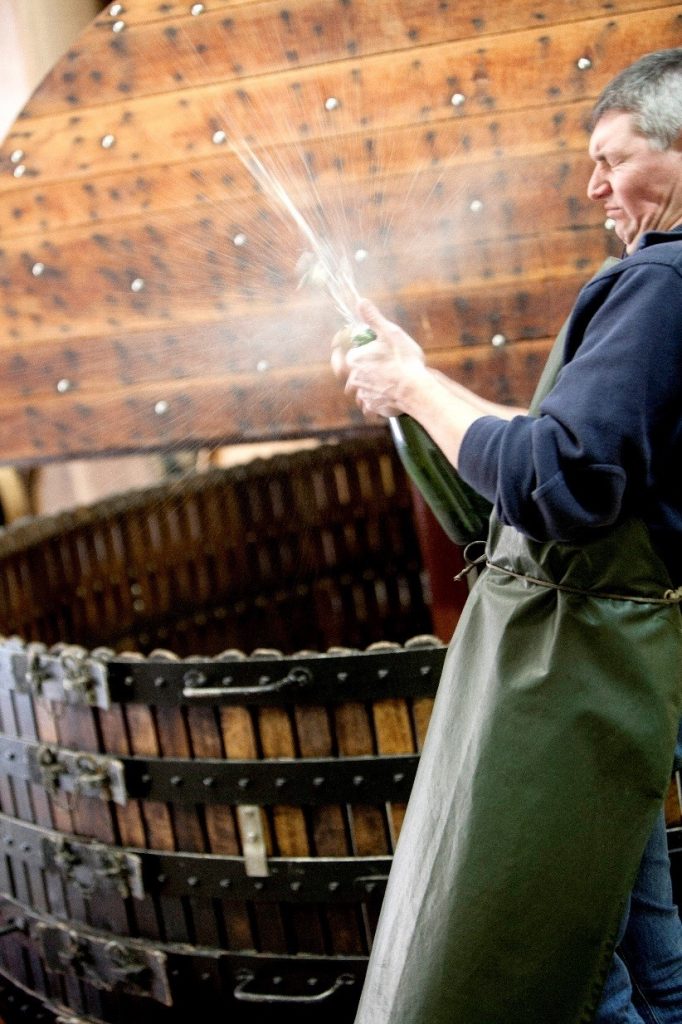
Although the domain remains very discreet, Emmanuel Lassaigne represents one of the hidden jewels of Champagne, which already has a place in many a wine lover’s heart.
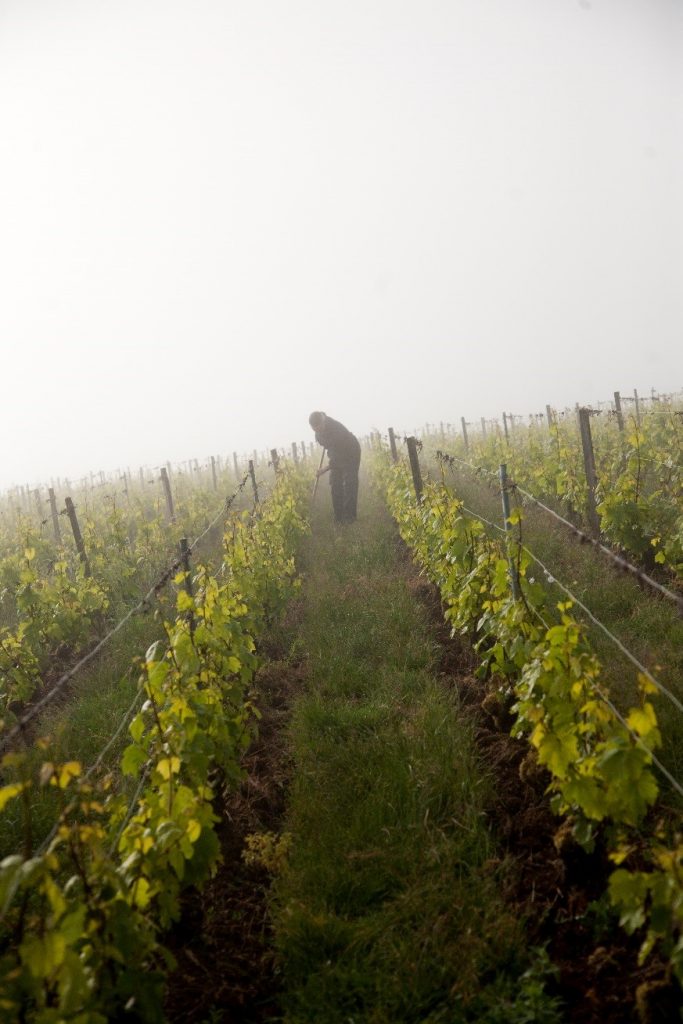
Champagnes from Jacques Lassaigne:
Blanc de Blancs millésimé
Blanc de Blancs millésimé delivers aromas of white-fleshed fruit, lemon with notes of brioche. In the mouth, there are pastry flavors (butter, cream, marzipan), power and vinosity, with a nice length characterised by its freshness and chalky notes.
Brut Nature
Brut nature is a rich, 100% Chardonnay champagne with some tangerine, pear and melon aromas.
Clos Sainte-Sophie Blanc de Blancs
This vintage blanc de blancs comes from vines of about 50 years, planted in small one-hectare clos.
This Extra Brut cuvee is an expressive 100% Chardonnay champagne, “reminiscent of Burgundy” as Lassaigne himself describes it. On this terroir of southern Champagne, lifted by the altitude of Montgueux hill (270 meters) this champagne offers up a nice freshness fueled by notes of brioche.
This champagne has very little dosage and is perfectly structured (the average age of the vines exceeds 40 years on the Le Cotet plot). It is a true gastronomic cuvée.
Les Vignes de Montgueux is the flagship cuvée of the domain. 15% is raised in barrels; the wine delivers aromas of citrus, a lot of finesse and freshness. The domain’s aperitif champagne.
See all champagnes from Jacques lassaigne currently for sale
What the guides say about Champagne Jacques Lassaigne:
- La Revue du vin de France
The small vineyard of Montgueux differentiates itself from the rest of the Côte des Bar, where Pinot Noir is planted on Kimmeridgian marls. On this limestone ridge located about ten kilometers west of Troyes, Chardonnay is the main variety of vines. Emmanuel strives to produce blanc de blancs champagnes that reflect the taste of the grapes and the soil, with vinifications partially in casks, disgorgement without freezing the wine and the omission of both sulphites and dosage. Less chiseled and taut than the Chardonnays of the Côte des Blancs, these champagnes have an exotic, flavourful and delicate profile.
The wines: as the domain has not sent us its wines this year, we have renewed the notes and comments of our previous edition. If you are looking for bright, lemony whites, this is not for you. From the vineyards of Montgueux (a blend of nine parcels), the house style is represented by delicate bubbles and a suave texture. It increases in spicy intensity with Le Cotet (a plot of vines over forty years old), and is both sophisticated and complex. La Colline Inspirée offer peaty notes after its cask-aging and is more generous in the mouth. The 2007 is singular, with a sweet bouquet of grapes evoking the Victoria pineapple of a sweet Jurançon, candied lemon and butter. A delicious vinous champagne to enjoy with food.


